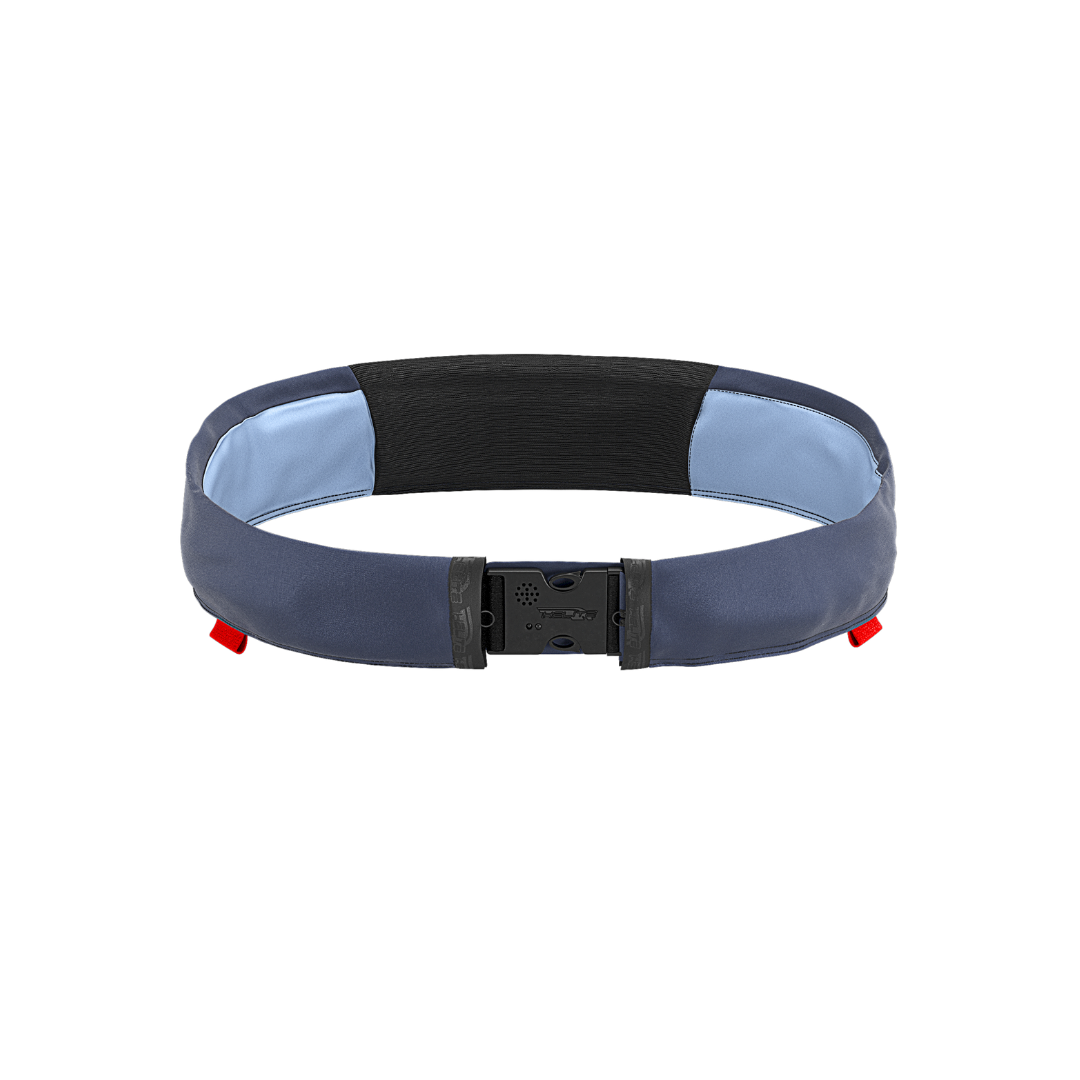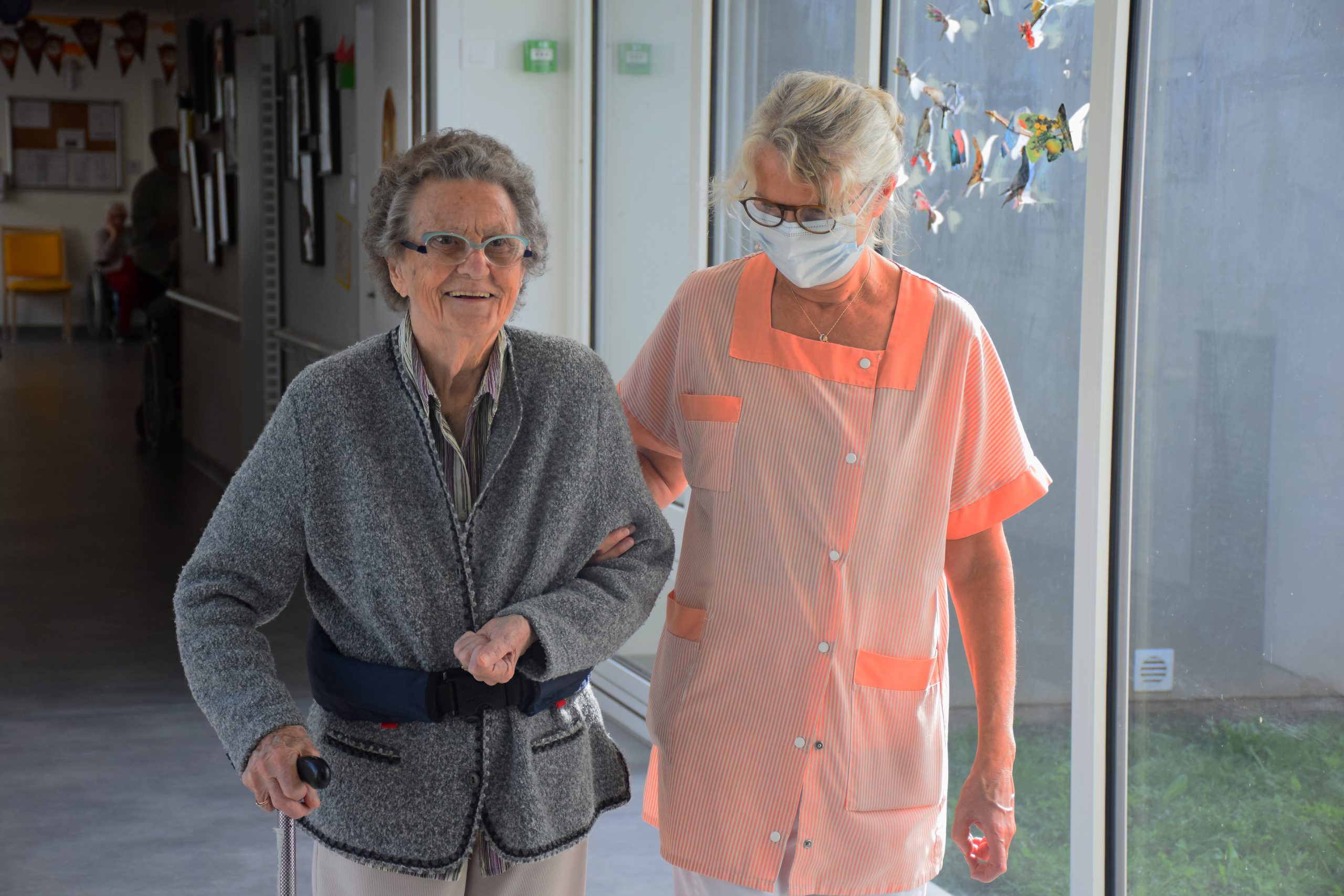

Hip Guard Hip Fracture Protection Belt
Priced from
£789.00
What we say
Belt designed to protect hips.
ADD FOR COMPARISON
Vivid.Care
If you are a national retailer who is not listed please read our faqs to find out how to add your company. If you are listed and need to update your details please read how to update your listing.
Product Information
Manufacturer's Product Description
The manufacturer has not provided any further information about this product
Manufacturer's Contact Details
Unknown
No Address set
Key Features
- fabric belt with buckle
- integral airbag on both sides
- when a fall is detected, the airbag inflates around the hips
- airbags deflate automatically a few seconds after impact with the ground
Product Dimensions
No dimensions have been specified for this product
Product Specification
No product specification has been specified.
